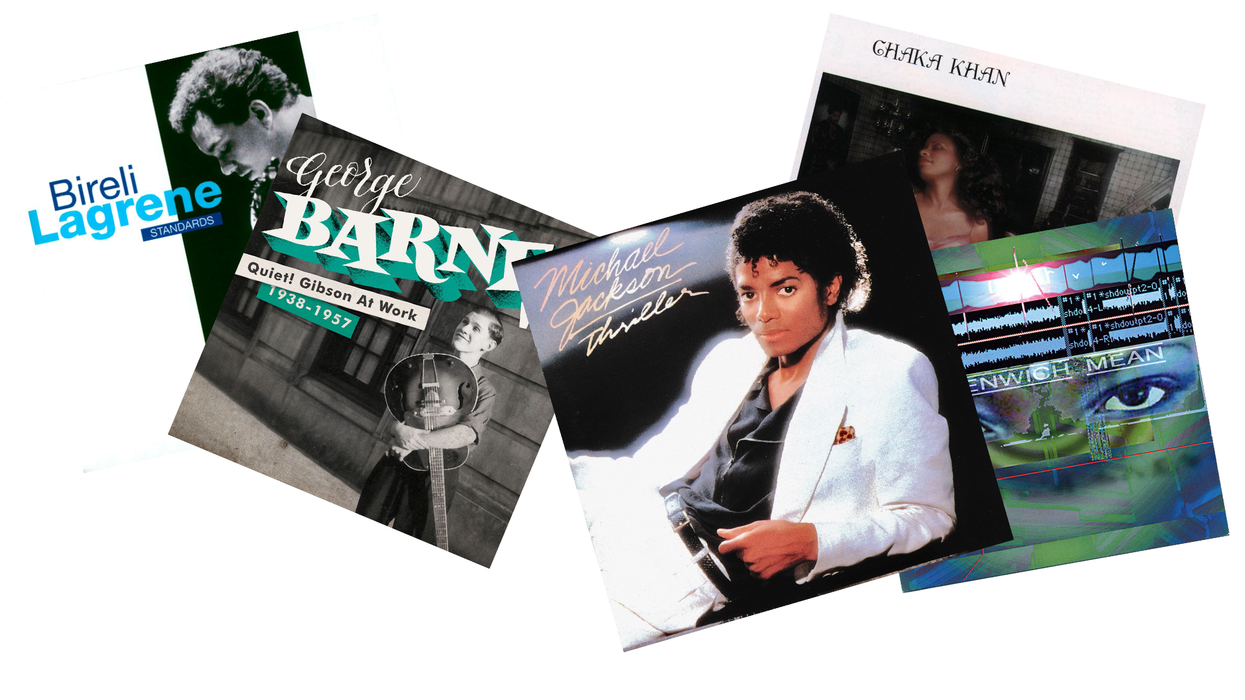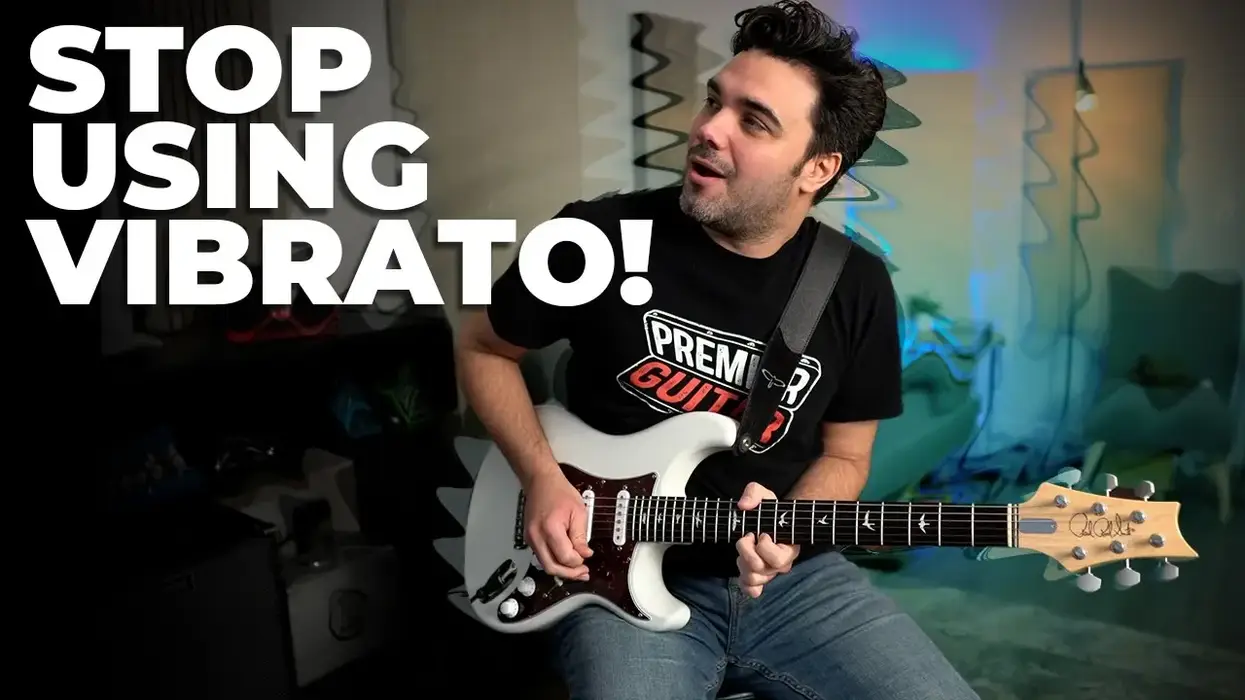Shapes can be unique and interesting, but the most common one that we run into as guitar players is that of a plateau. While growth and learning are exponential in the early days of discovering guitar, the true struggle for most players seems to be when they reach the middle to upper intermediate phase. Certain habits, muscle memory, go-to licks, and even practice routines become second nature. This is what I refer to as “the big rut.” Every player has been at this point, where they’ve been spinning their wheels in the same tracks for so long that now they are simply stuck. Nowhere to go and nowhere to grow, seemingly. This is also the point where guitarists tend to start rapidly accumulating gear in hopes that something new will spark inspiration. (Not that you or I would ever do such a thing, right?)
Maybe a change in approach is just the thing that can break not only the rut, but other creative lulls in our collective journey to improve and feel more connected with six strings and 20-something frets. I’ve found that switching my focus from that of note choice and scales to simple shapes and patterns can unlock my playing when I feel stuck and uninspired. Not only do these licks help you change your visualization of the fretboard, they work fantastically as outside-sounding tension builders.
While I would use the rut buster in Ex. 1 in the key of A, I’m hardly worried about the note selection. The focus is that I’m taking an ascending three-note pattern beginning on the 6th string and simply moving it across the fretboard until I land on a resolution point–in this case on the 1st string. This lick doesn’t require a ton of dexterity. The first finger frets the lowest of the three-note shape, the second finger frets the middle note, and the third finger frets the top note of the shape. With this shape having a one-fret stagger between each note, it’s easy to quickly get comfortable with the rolling motion of the lick.
Ex. 1
Ex. 2 is the exact mirror image of Ex. 1, and we’re still in the key of A. Rather than starting on the 6th string and working our way to the 1st with ascending notes, we work backwards. Still, the shape is a three-note stagger. Again, we work one grouping of strings at a time until we hit a resolution point on the root.
Ex. 2
In Ex. 3 we’re using a different three-note staggered shape. This time there is a two-fret span between the notes staggered across three strings with exception of the last grouping, which moves the first note to the 8th fret to accommodate the third between the G and B strings. The fingering is led by the fourth finger with the second finger fretting the second note and the first finger fretting the third note of each grouping.
For simplicity, we’re still in the key of A. I’ve included a pickup note so you can get a feel for how this pattern lays in relation to its root.
Ex. 3
If we take Ex. 3 and put it in reverse, we switch to having the first finger lead the descending grouping starting from the first string. Ex. 4 shows again how we changed what is now the first grouping to accommodate for the guitar not being tuned in fourths.
Ex. 4
To tie it all together in Ex. 5, we combine part of an A minor pentatonic scale (A–C–D–E–G) with the lick from Ex. 4 to create a fun sounding fusion lick. The whole idea is to show how you can use one of these rut busters to create something unexpected and likely outside of your typical bag of tricks.
Ex. 5
Using shapes and patterns to break out of playing ruts has been a tried-and-true method for me, and I’m sure it can work wonders for you as well. Every single one of these licks and ideas works in any key and location on the fretboard, so they can be extremely useful even in a mid-solo scenario when you want to add some outside flavor and tingle some ears. Be warned, however, not to let your rut busters become your next plateau–experiment with different groupings, shapes, and rhythms to fire up your creativity and bust out of that rut!
















